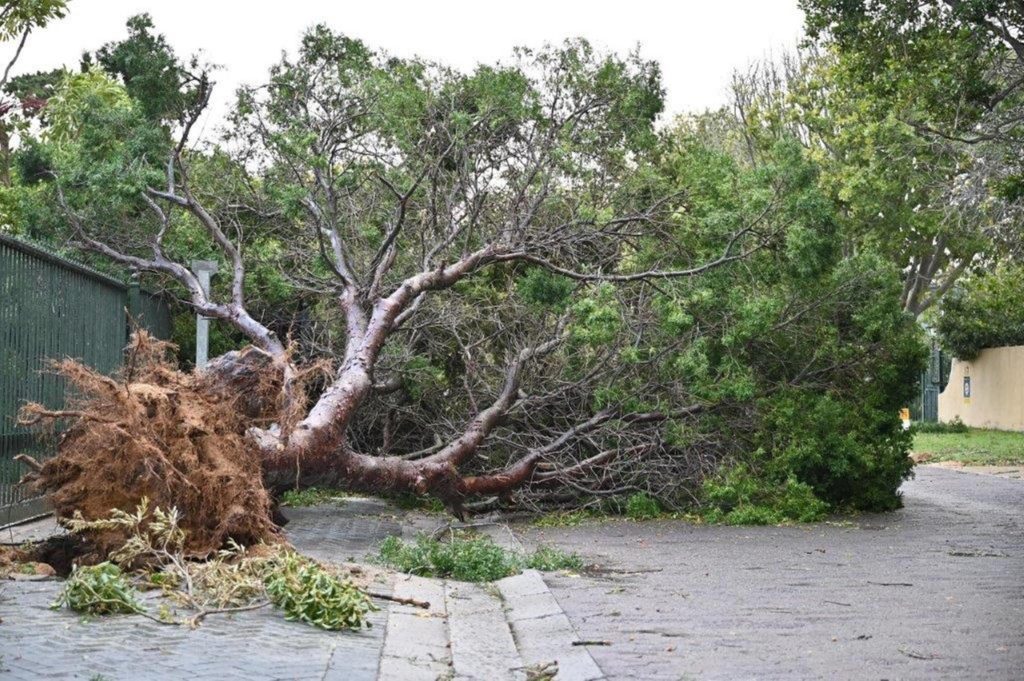The Mother City has been subjected to harsh weather and gale force winds since last week. Uprooted trees, high tides and strong winds have lashed the province causing widespread damage. On Monday [July 13], Sea Point was awash with foam from the waves crashing onto the Promenade, and the pictures flooded social media.
“Mopping up operations are continuing across the city,” said Charlotte Powell, City of Cape Town Disaster Risk Management Centre spokesperson. “Disaster Risk Management officials have completed assessments in UT Gardens Site B, Khayelitsha, Gqobasi, New Rest, Lower Crossroads, Driftsands, Burundi, Makhaza and Overcome Heights in Lavender Hill. The Informal Settlements Department is continuing with assessments and issuing flood kits which consists of plastic sheeting. Transport is providing milling and sand.”
Disaster Management is appealing to residents living in a natural watercourse to move to higher ground and ensure that their floor level is higher than the ground level.
Roofs were blown off in Masiphumelele, Fish Hoek, Rosebank, Kewtown, Sarepta and Lotus River. Strong winds in Strand demolished several temporary classrooms at Nomzamo High School.
A tree and a wall at Lwazi centre in Zone 18 in Langa fell on two structures. No injuries were reported.
In Rosebank, a tree blew over the fence and landed on a resident’s vehicle.
Weather related power outages have been experienced in Sunnydale, Fish Hoek, Diep River, Claremont, Belgravia, Southfield and Gugulethu.
Roadways across the city are being cleared and Recreation and Parks are removing uprooted trees.
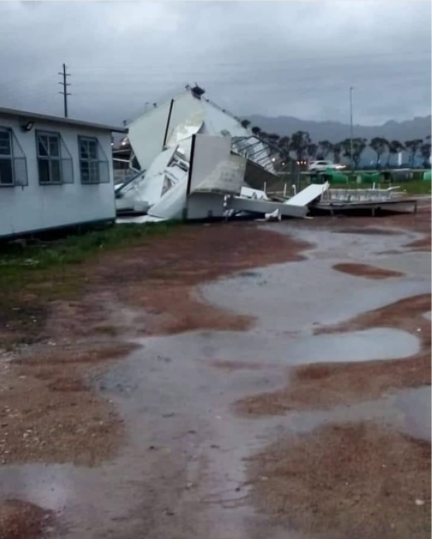
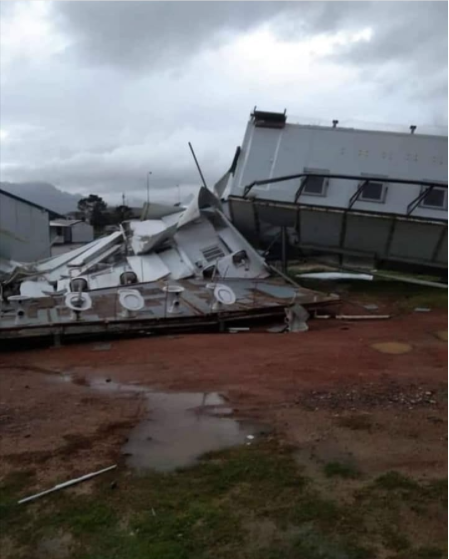
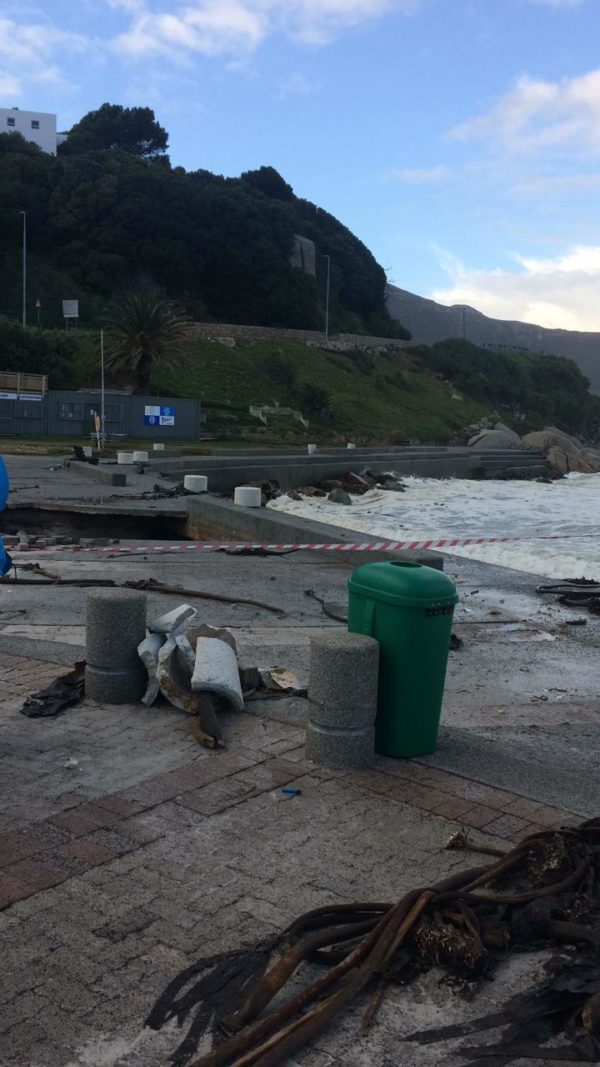
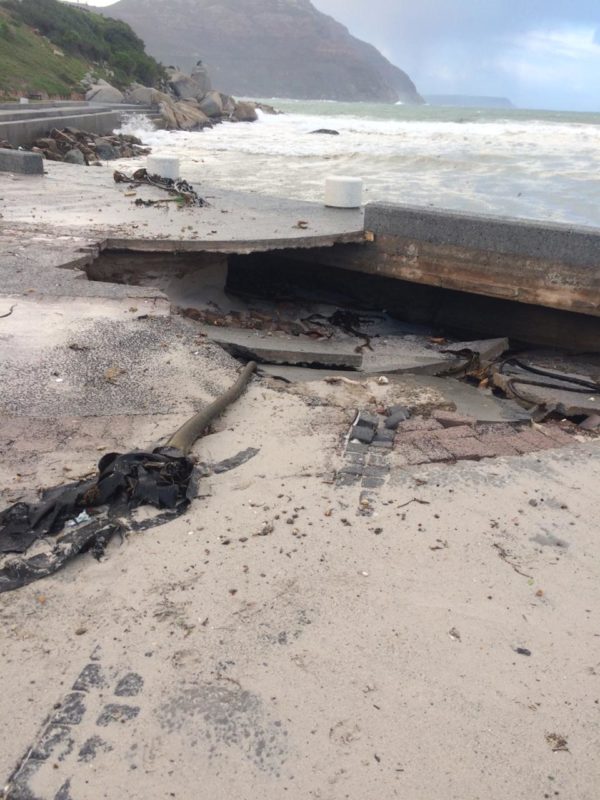
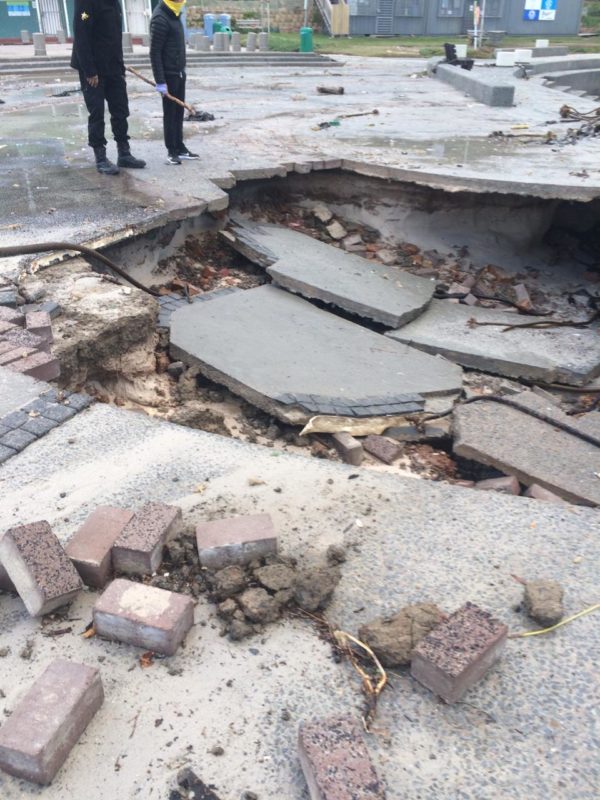
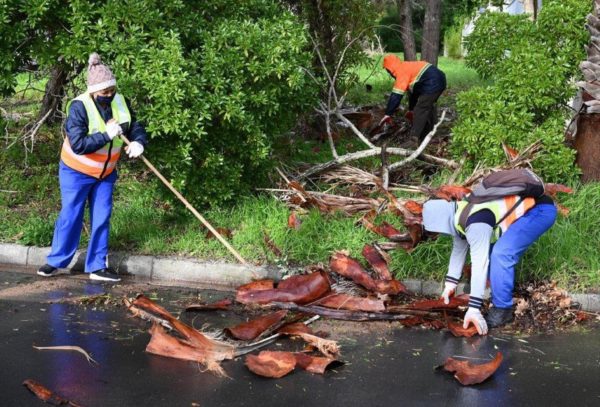
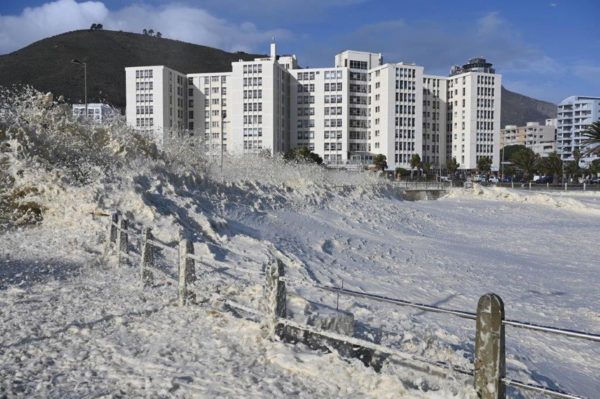
Since June 1, the City’s Informal Settlements Management Department has issued 6 898 flood kits. It is expected to deliver additional kits over the next few days.
“Various City departments including Informal Settlements Management, Roads and Stormwater, and Disaster Risk Management do their utmost to help residents by helping with emergency materials such as flood kits and plastic sheeting, constructing canals to lead flood water away from affected areas where possible, and monitoring high risk priority areas on a daily basis to determine flooding risks while giving advice to residents on how to reduce this,” said Mayco Member for Human Settlements, Malusi Booi.
“We’ll be close to having issued 8 000 kits in this week. Informality in accommodation is a common occurrence in Cape Town, and cities across South Africa, and is brought on by increased urbanisation. The associated intense demand for accommodation brings about a number of specific challenges, such as unplanned settlements that are located on flood-prone, lower lying areas or in wetlands or retention ponds. The high densities without dedicated emergency access ways also make it difficult to deliver basic and emergency services in times of fire and floods. Often the settlements are formed on private land or land where services cannot or may not be delivered. The City does what it can to deliver housing opportunities, upgrade informal settlements and prepare for flooding and other natural disasters, with partnerships being key,” he added.
Help to reduce flood risk:
- Clear out drainage systems on properties
- Raise the floor level of a structure so that it is higher than the natural ground level
- Make sandbags with a long-sleeved top filled with sand
- Dig trenches around the house to divert water away from the house
- Report blocked drains, intakes and illegal dumping – illegal dumping in the stormwater canals and sewers make flooding worse
- Waterproof roofs, clear gutters and remove dead tree branches
- The risk of fires during winter especially is also huge. Never leave an open flame unattended.
Emergencies can be reported to the City’s Public Emergency Communication Centre by dialing 107 from a landline or 021 480 7700 from a cellphone.
Picture: Supplied/City of Cape Town

